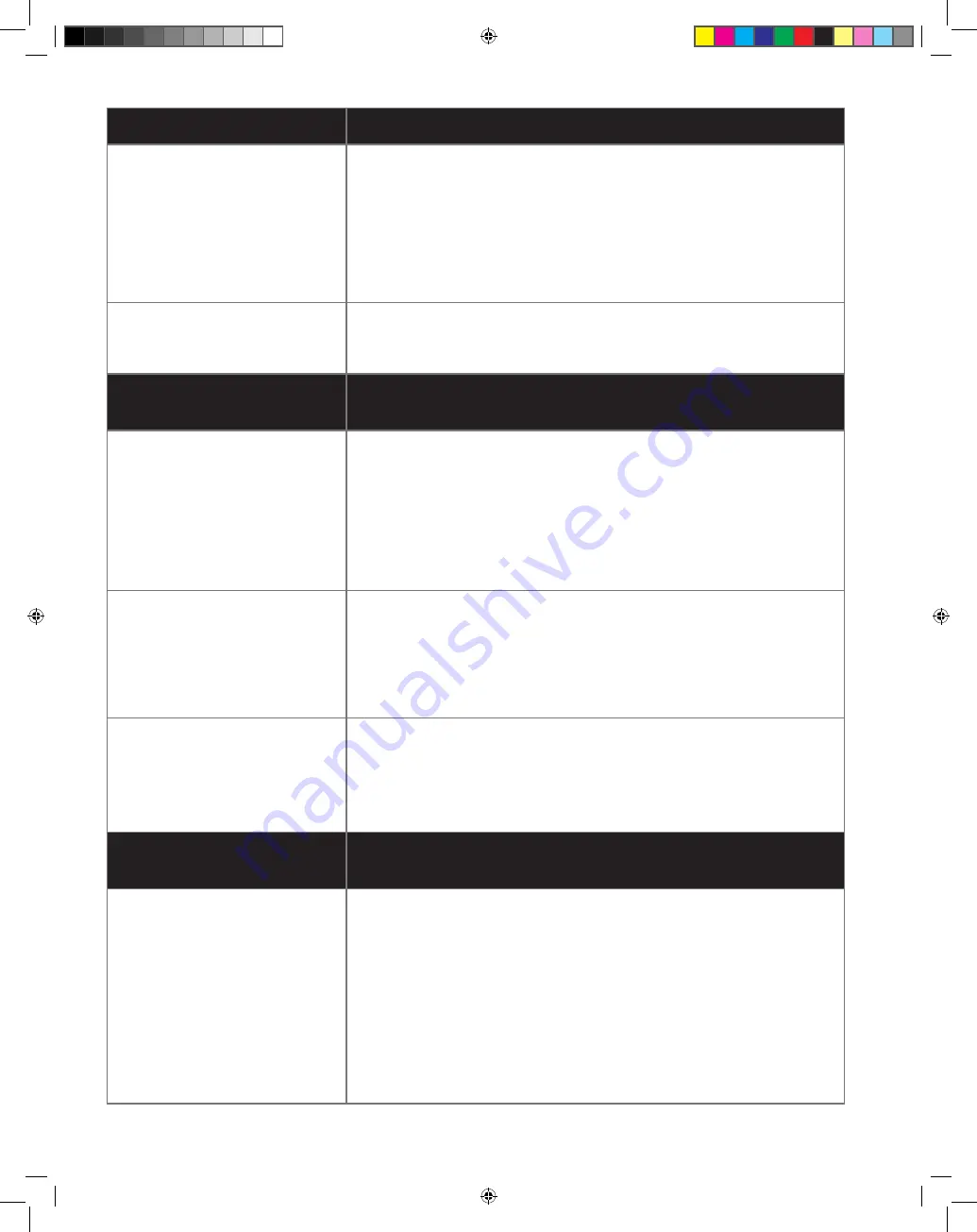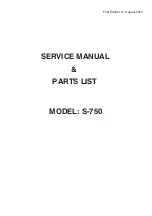
60
|
www.janome.com
Stitches Are Puckered
Corrective Measure(s)
The tension is not balanced
• Balance the tension of the needle thread after ensuring
the bobbin tension is adjusted correctly. (For more
information about adjusting tension, see
Bobbin and
Bobbin Tension
and
Thread Tension
in the
Using
Your Machine
section of this manual.)
Needle too large for quilting
fabric
• Replace the needle with a size better suited for the fabric.
Poor Stitch Quality
Corrective Measure(s)
The tension is not balanced
• Balance the tension of the needle thread after ensuring
the bobbin tension is adjusted correctly. (For more
information about adjusting tension, see
Bobbin and
Bobbin Tension
and
Thread Tension
in the
Using
Your Machine
section of this manual.)
Bobbin case is damaged,
corroded, dirty, etc.
• Since thread slides over the surface of the bobbin case
at a high speed, make sure the case is free of any lint or
foreign matter that could impede thread passage through
the machine.
Moving the fabric too fast
for needle speed selected
(Manual mode)
• Synchronize fabric movement and needle speed to get
your desired stitch length. Elongated stitches are an
indication of moving the fabric too fast for the machine's
current speed.
Tension is Poor
Corrective Measure(s)
Lint caught under the tension
spring in the bobbin
• If using short staple threads, inexpensive, or industrial
threads, or coated threads, lint and other material will
build up under the tension spring and begin to lift the
spring, reducing the spring’s ability to compress against
the thread. Insert a pin or the corner of a business card
under the spring and clear out the lint. The bobbin tension
will return fairly close to its preset tension. Test the tension
before quilting.
QMP20 VersaST_User Manual _3.23.indd 60
QMP20 VersaST_User Manual _3.23.indd 60
3/24/23 3:25 PM
3/24/23 3:25 PM









































